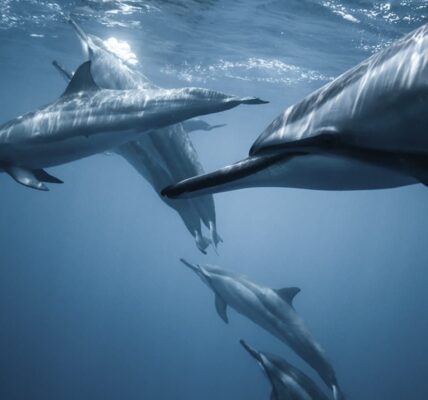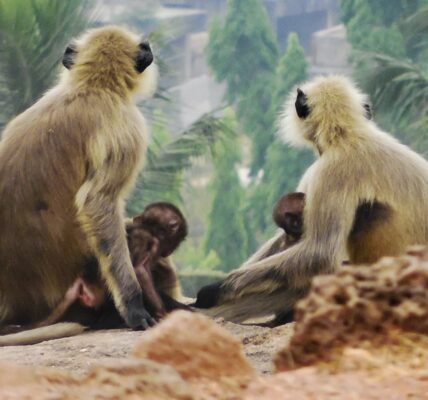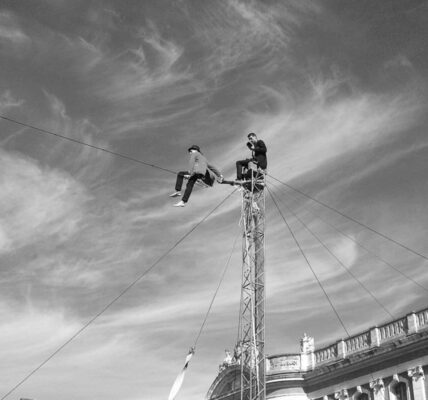“Birds:2. La marche de l’empereur is a film about the life of emperor penguins in the harsh conditions of Antarctica. In 2005 the film was nominated for an Oscar and won the World Film Award for Best Documentary. Emperor penguins have inhabited the depths of the Antarctic Ocean for thousands of years.
This event is necessary to give birth to a new generation, and takes place every year. The motion picture has a beautiful musical accompaniment and each successive event is accompanied by the appropriate melody. The director managed to present the existence of imperial birds in different angles and various situations – some of them bring a sincere smile, some of them can even provoke tears.
The story is told from the penguins themselves, voiced by Charles Berlain, Romana Borinzhe and Jules Sitrouck.
It all begins in mid-March to mid-April. The penguins gather in flocks and come ashore to travel to their nesting grounds. For many days, the penguins continue their journey from the sea that gives them food to their nesting colonies, located among the cliffs, uneven ice – places with the most favorable microclimate, with protection from the wind.
Upon the arrival of the flocks to the site, the process of colony formation begins: all penguins divide into pairs. There are fewer males than females, so the latter fight for the attention of the males, often with screaming and fighting. Having found a pair, the birds stand side by side for days on end, enjoying each other’s company, and at night they gather in a tight group in order not to freeze.
In May-early June, the female lays a single egg. The temperature at this time drops below -50 °C, and the wind blows at a speed of up to 200 km/h. Using her beak, the female rolls the egg onto her paws and covers the top with a skin fold on the underside of her belly to keep it warm. After a few hours, the male takes care of the offspring by rolling the egg under his belly. Many of the young are still inexperienced and in a hurry, so often their eggs freeze.
After feeding, the females gather in flocks and return to their nesting site. By the time they return, little hungry chicks are already peeking out from under their fathers’ feathers. The females have been filled with energy for a long time, and now they are ready to take over the care of the newborns, satiating and warming them. The males, having been hungry for 3 months and having lost 40% of their body weight, pass the chicks that have already hatched to them and go off to feed themselves.
Weakened males go to the sea to feed. Many of them do not survive this journey, as they are very weak. For about three weeks, the females feed their chicks with half-digested food, mush from krill and fish stocked on the sea journey, and special “milk.” At five weeks of age, emperor penguins no longer fit in the pecking bag and go to the so-called “nurseries”, where they spend their time snuggled up against each other.




Hi, this is a comment.
To get started with moderating, editing, and deleting comments, please visit the Comments screen in the dashboard.
Commenter avatars come from Gravatar.